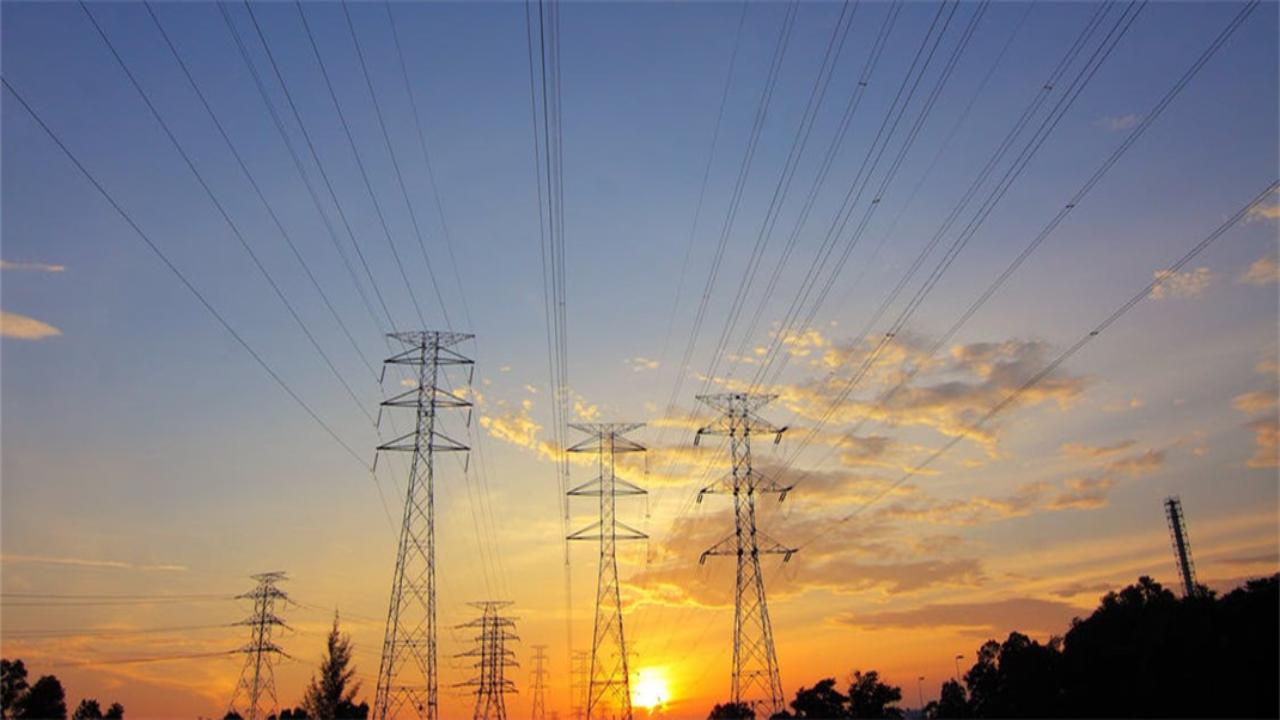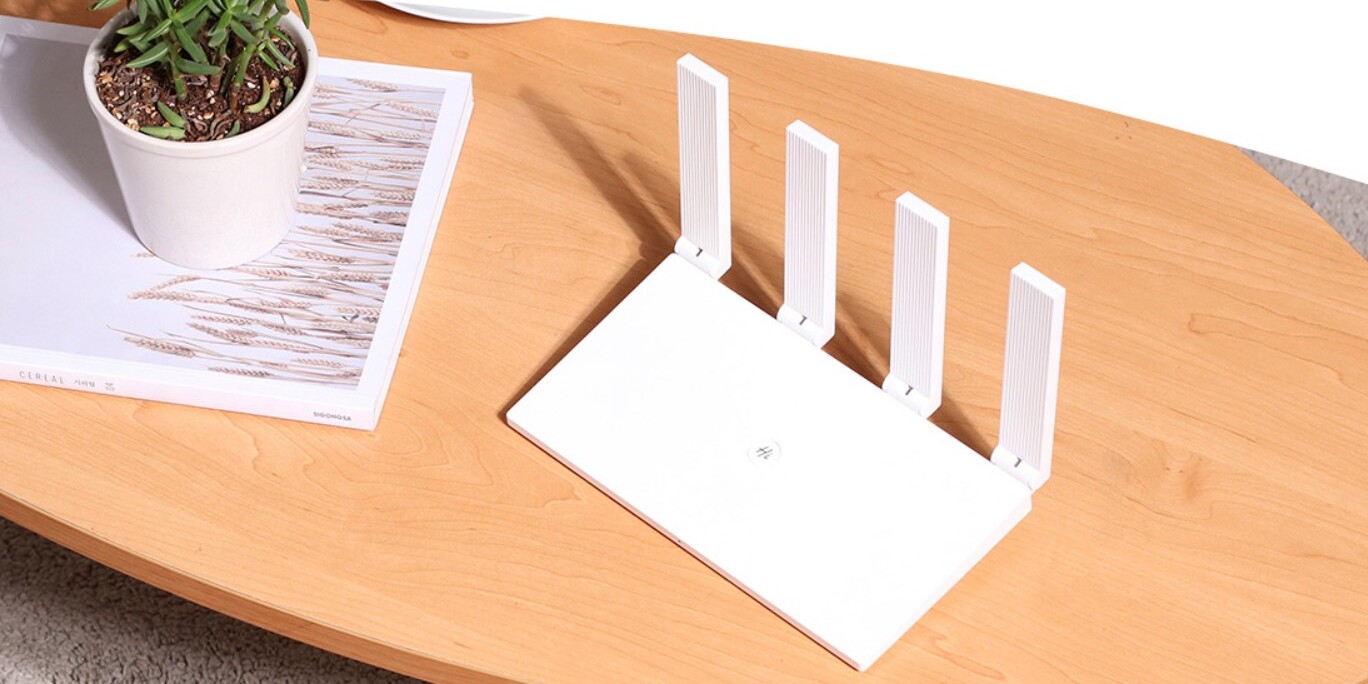In the rapidly evolving landscape of industrial communications, staying ahead of technological advancements is crucial. A key player in this dynamic is the aerial fiber optic cable, a solution that promises to future-proof industrial communication systems. To read more, this article delves into its significance in modern infrastructure, highlighting their advantages, applications, and the steps industries are taking to integrate this technology.
The Emergence of Aerial Fiber Optic Cable in Industrial Communications
Aerial fiber optic cables have emerged as a pivotal technology in industrial communication networks. Unlike traditional copper wires, these cables use light to transmit data, offering unparalleled speed and bandwidth capabilities. This quantum leap in technology is not just about faster data transmission; it’s about enabling industries to handle the increasing data demands of modern operations, from real-time processing in manufacturing plants to data-intensive tasks in energy management.
Advantages of Aerial Fiber Optic Cables
High-Speed Data Transmission
One of the most significant advantages of aerial fiber optic cables is their ability to transmit data at incredibly high speeds, far surpassing traditional mediums.
Enhanced Bandwidth
These cables can handle a substantial increase in bandwidth, making them ideal for industries that require the transfer of large volumes of data.
Resistance to Electromagnetic Interference
Industrial environments are often fraught with electromagnetic interference, which can disrupt data transmission. Aerial fiber optic cables are immune to such disturbances, ensuring a stable and reliable communication network.
Durability and Longevity
Designed to withstand harsh environmental conditions, these cables are a durable option for industrial settings.
Applications in Modern Infrastructure
The use of these cables spans a wide range of industrial applications. In power grids, they facilitate the real-time monitoring and management of energy distribution. Manufacturing units leverage these cables for automation and control systems, ensuring precision and efficiency in production lines. Additionally, they are instrumental in transportation networks, aiding in the management of traffic systems and enhancing communication in logistics.
Integration Challenges and Solutions
While the benefits are clear, integrating aerial fiber optic cables into existing industrial infrastructures poses several challenges. One of the primary concerns is the initial investment and the need for specialized equipment and skilled personnel for installation and maintenance. To address these issues, industries are adopting phased approaches, gradually replacing legacy systems with fiber-optic technology. Moreover, training programs are being implemented to equip the workforce with the necessary skills.
Future Outlook
The future of industrial communications is intertwined with the advancement of fiber optic technology. With the advent of the Internet of Things (IoT) and Industry 4.0, the demand for robust, high-speed communication networks will only escalate. These cables are poised to play a crucial role in meeting these demands, facilitating a more interconnected and efficient industrial landscape.
Conclusion
The integration of optic cables into industrial communications is a transformative step towards building more efficient, reliable, and future-proof infrastructures. As industries continue to evolve and embrace digital transformation, the adoption of this technology will be pivotal in staying competitive and meeting the challenges of tomorrow. The journey to a more connected and efficient industrial future is well underway, with optic cables leading the charge.







